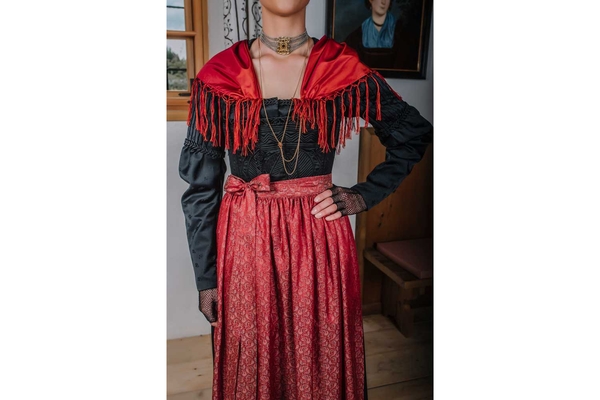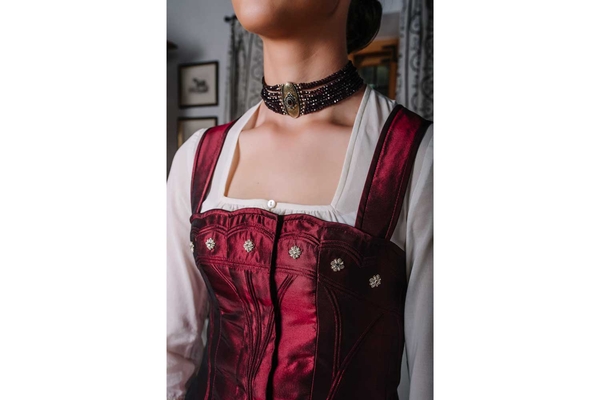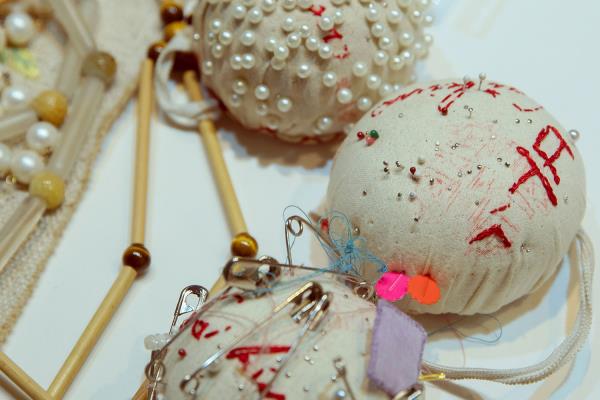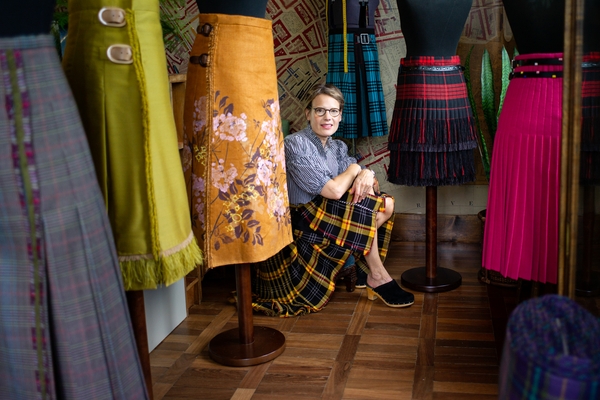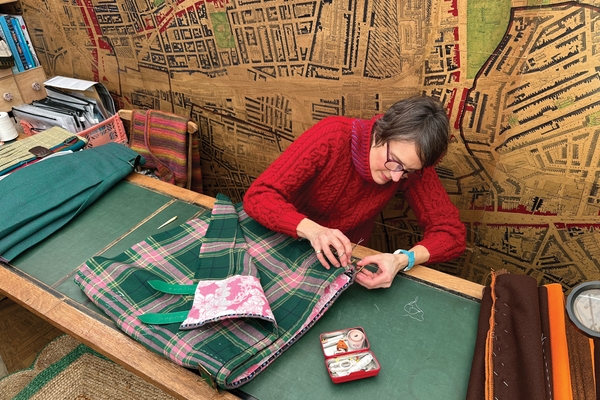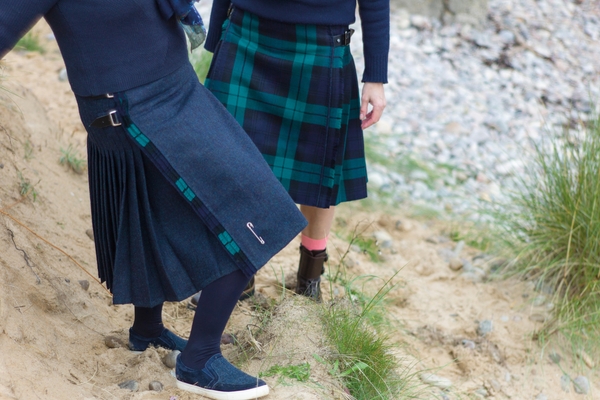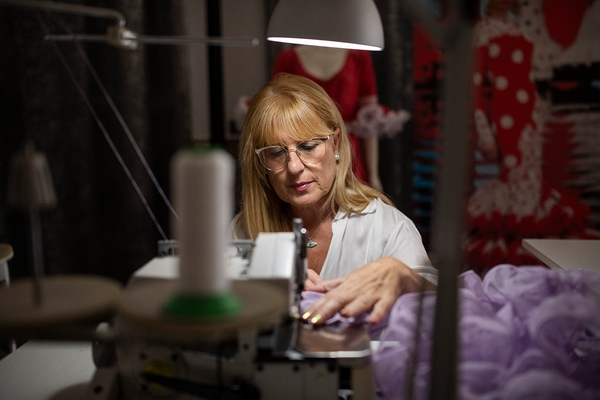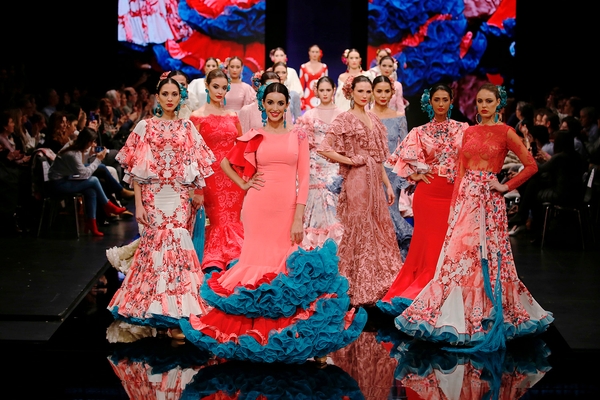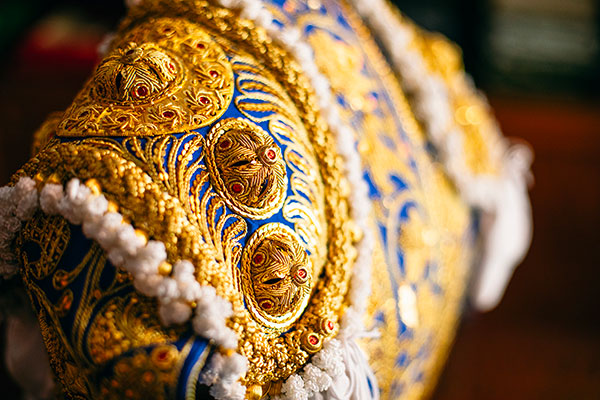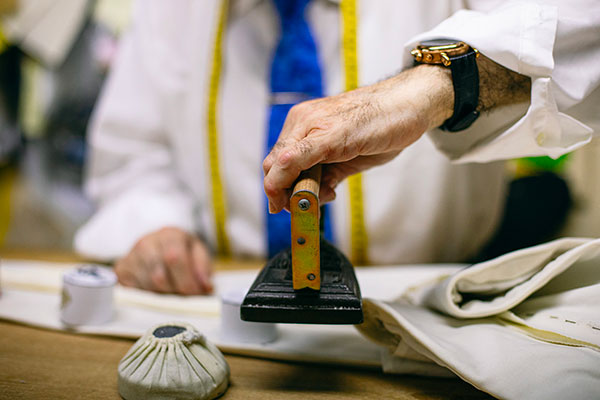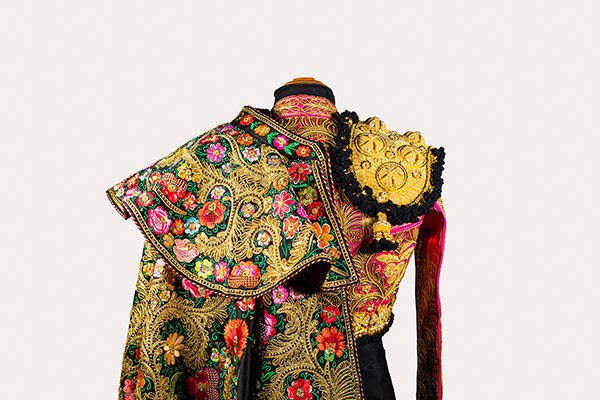
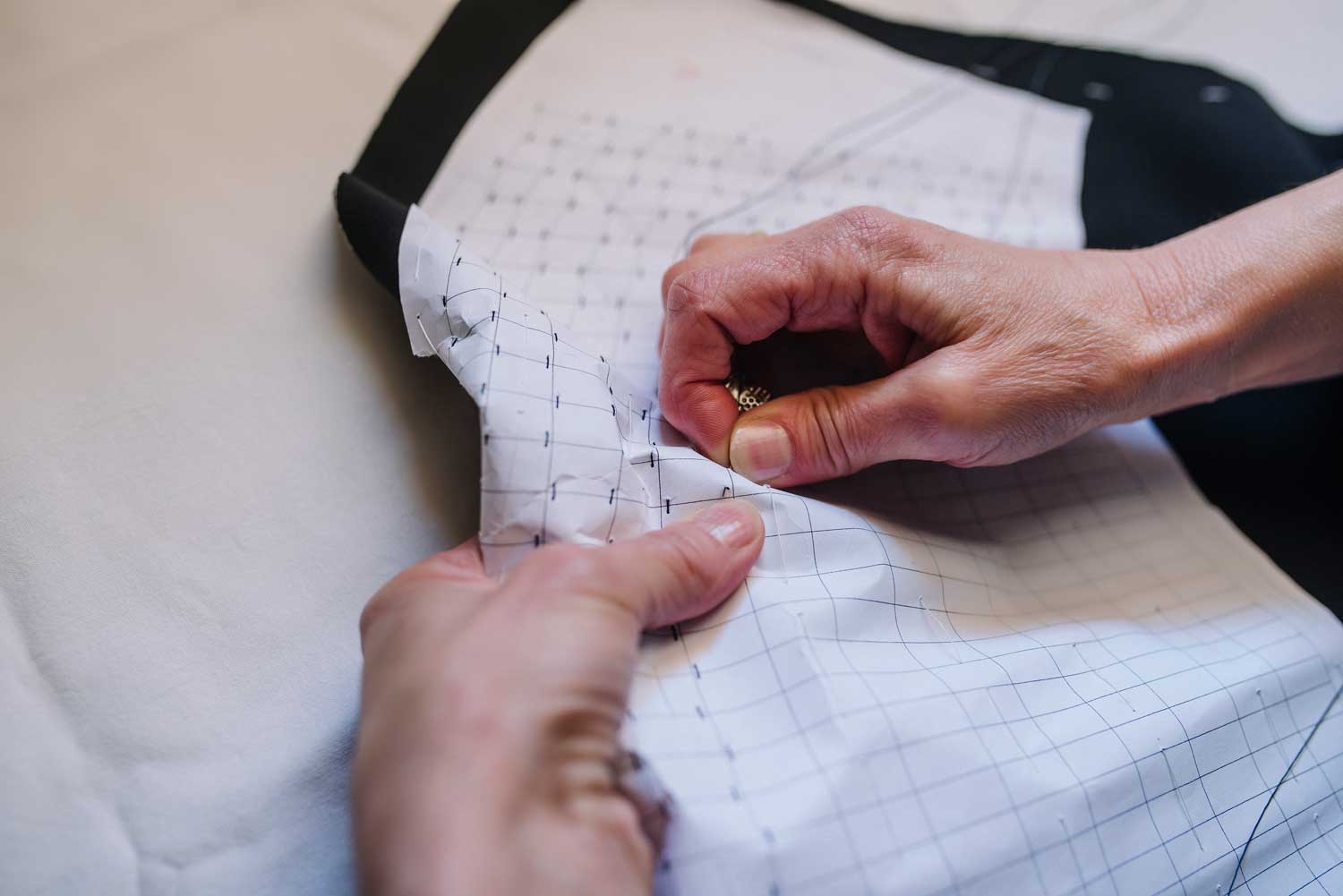
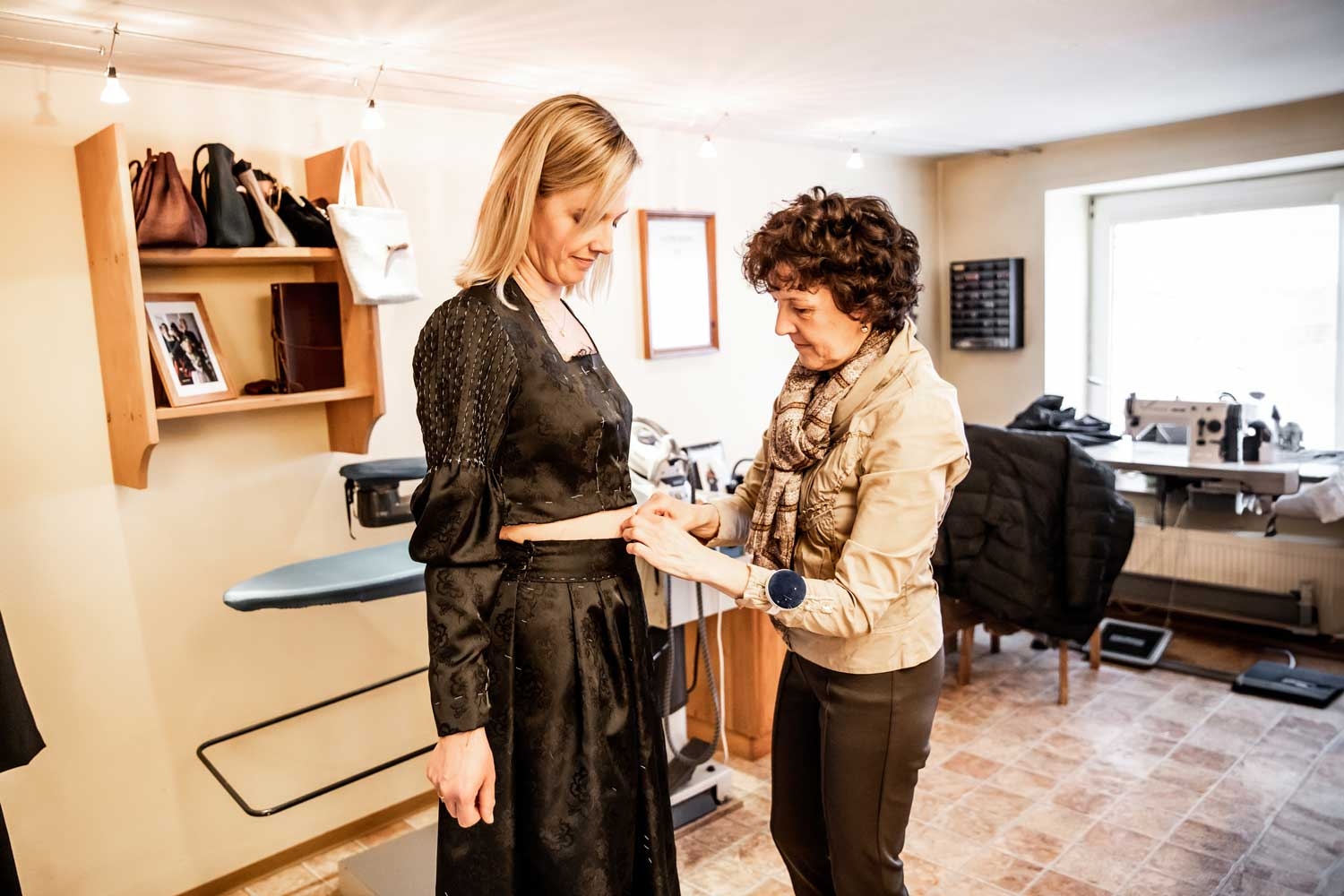

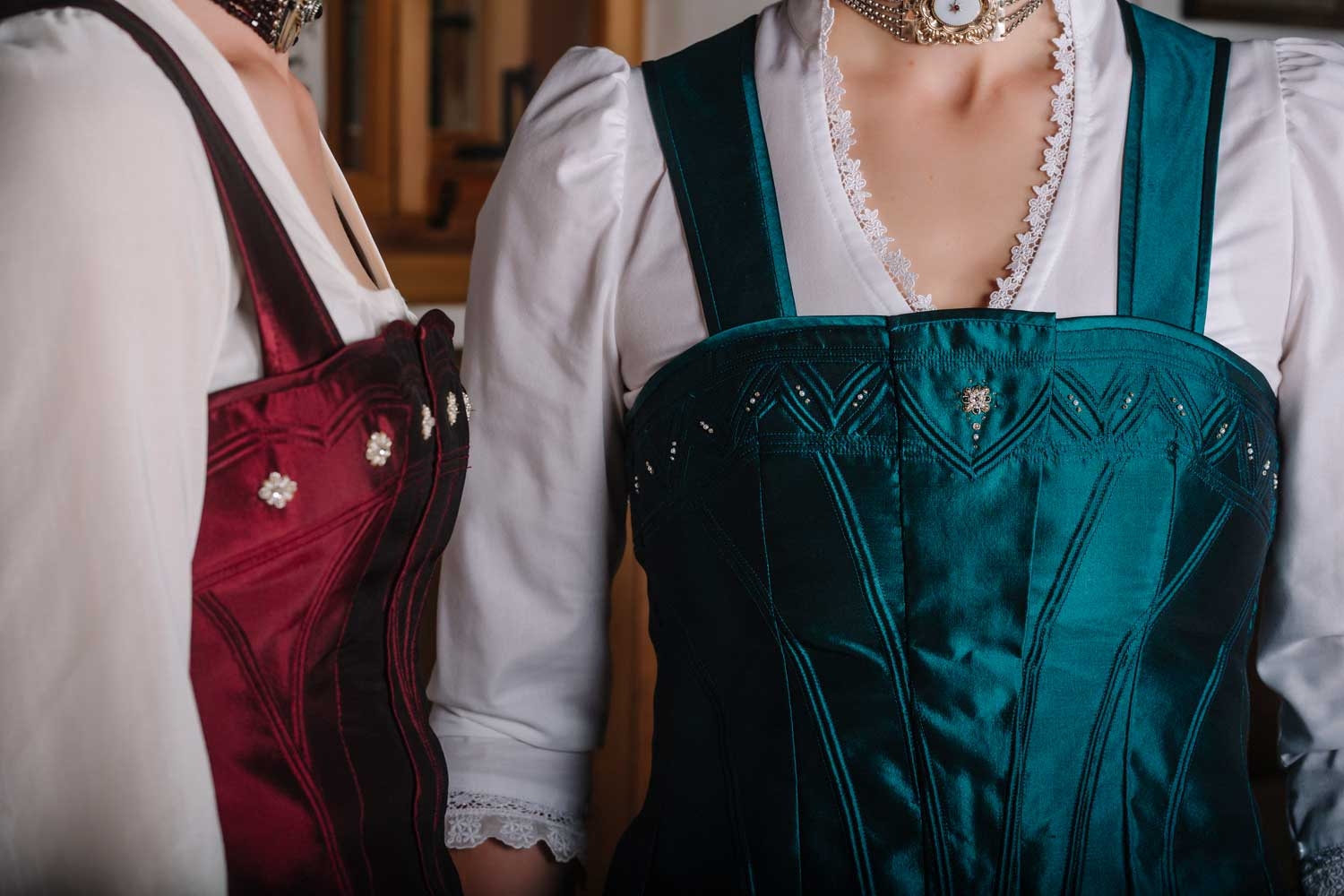
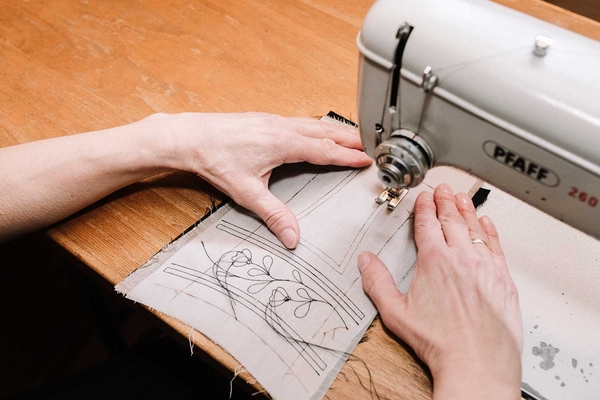


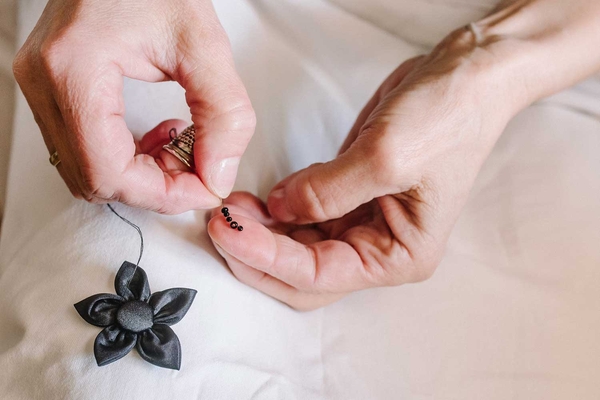

Threading the needle for tradition
- Christine is captivated by traditional costumes
- She has a passion for restoration
- She authored a book to share her knowledge
Salzburg seamstress Christine Eberl began her career in 1980, apprenticing in traditional costume-making before founding her own business. Specialising in the distinctive festival attire of Salzburg's mountain regions—Pinzgau, Pongau, and Lungau—her work embodies the rich heritage of these garments, worn since the mid-19th century. Each piece is a testament to advanced tailoring, as every stitch and detail are executed with high precision. At the heart of Christine's craft is the Garnierspenzer, a striking garment adorned with intricate floral decorations at the neckline. Each petal is carefully assembled and embellished with beads, while the iconic Pinzgauer Ärmelzug sleeves are hand-stitched using a preprinted template, to create a gathered effect. For the quilted bodice, Christine uses 30 cm-long upholsterers' needles to pull cords through the fabric, with flowers and leaves either stuffed with sheep's wool or embroidered with silk thread. Driven by a deep commitment to preserving her craft, Christine began the process of listing this traditional costume-making as a UNESCO Intangible Cultural Heritage. The UNESCO status was awarded in 2021 to highlight the garments' deep cultural significance as symbols of regional identity and enduring craftsmanship.
Interview
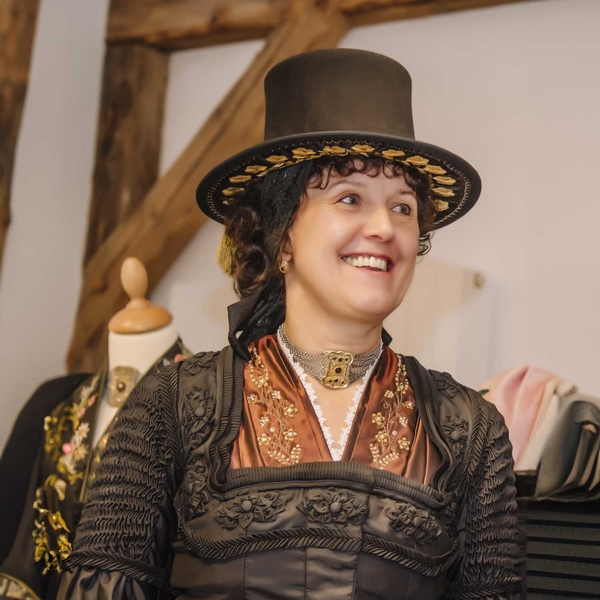
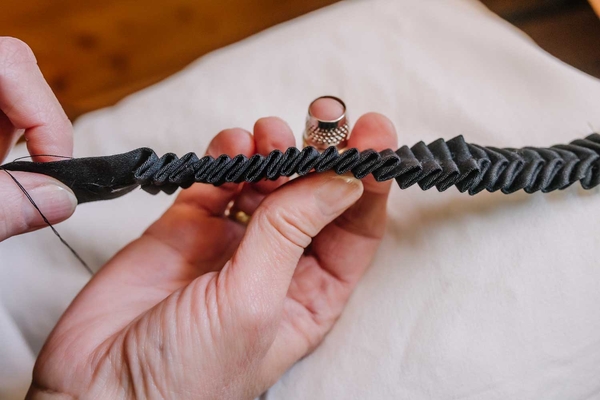
- What inspired you to become a seamstress?
- Ever since I was a little girl, I was fascinated by the beautiful traditional costumes worn by women during festivities and processions. I often went with my mother and grandmother to see them and admired the elegant, striking appearance these women had in their costumes. This sparked my desire to become a seamstress so I could create such magnificent garments myself.
- What professional steps did you take along the way?
- Previously, young seamstresses could take a one or two-year course in traditional costume making after their apprenticeship, but this no longer exists. After earning my master’s certification, I began to self-teach and specialise in crafting high-quality pieces like the quilted bodice or Garnierspenzer, as we call it here, with roots tracing back to the 17th century.
- What fascinates you about the Garnierspenzer?
- Creating a new Garnierspenzer requires 140–150 hours of work. But I particularly love restoring garments passed down through generations, each holding the life stories of women. For farm women in the past, purchasing a Garnierspenzer was a one-time investment, usually for their wedding, that would accompany them throughout their lives.
- How do you pass on your knowledge to others?
- I do not train apprentices, but in 2023, I published a book called Übers Überröckl. The first part explores the history of our region’s traditional costume. The second part focuses on work techniques, complete with illustrations. Additionally, I have created videos accessible via QR codes that demonstrate various production steps.
Christine Eberl is an expert artisan: she began her career in 1980 and she started teaching in 2022
Where
Christine Eberl

